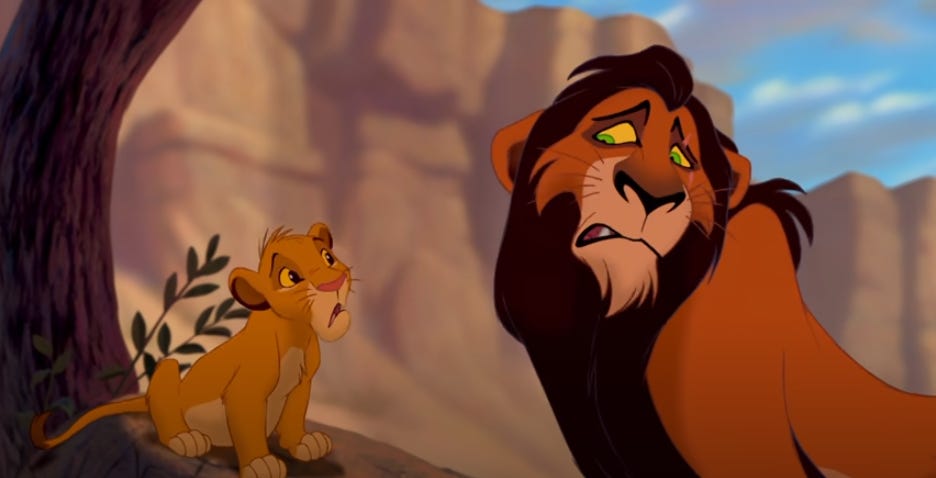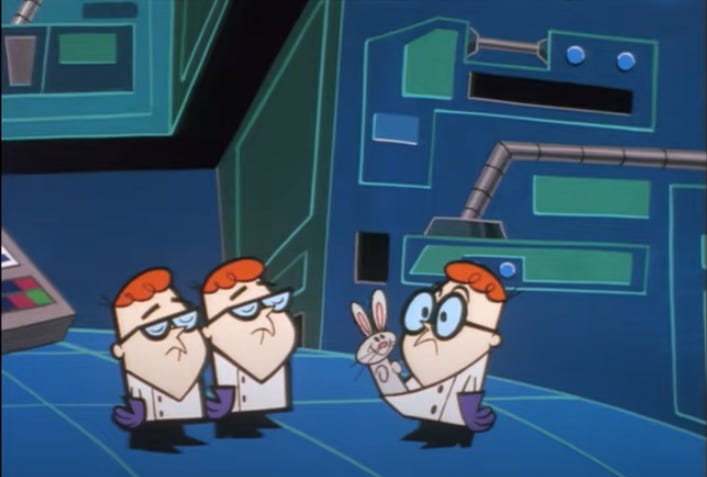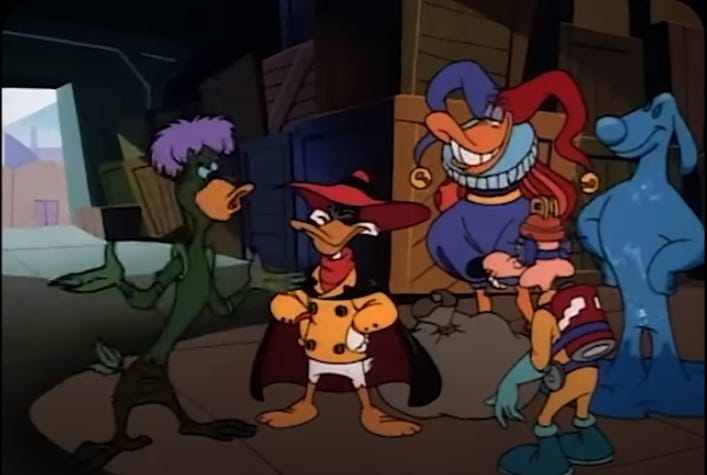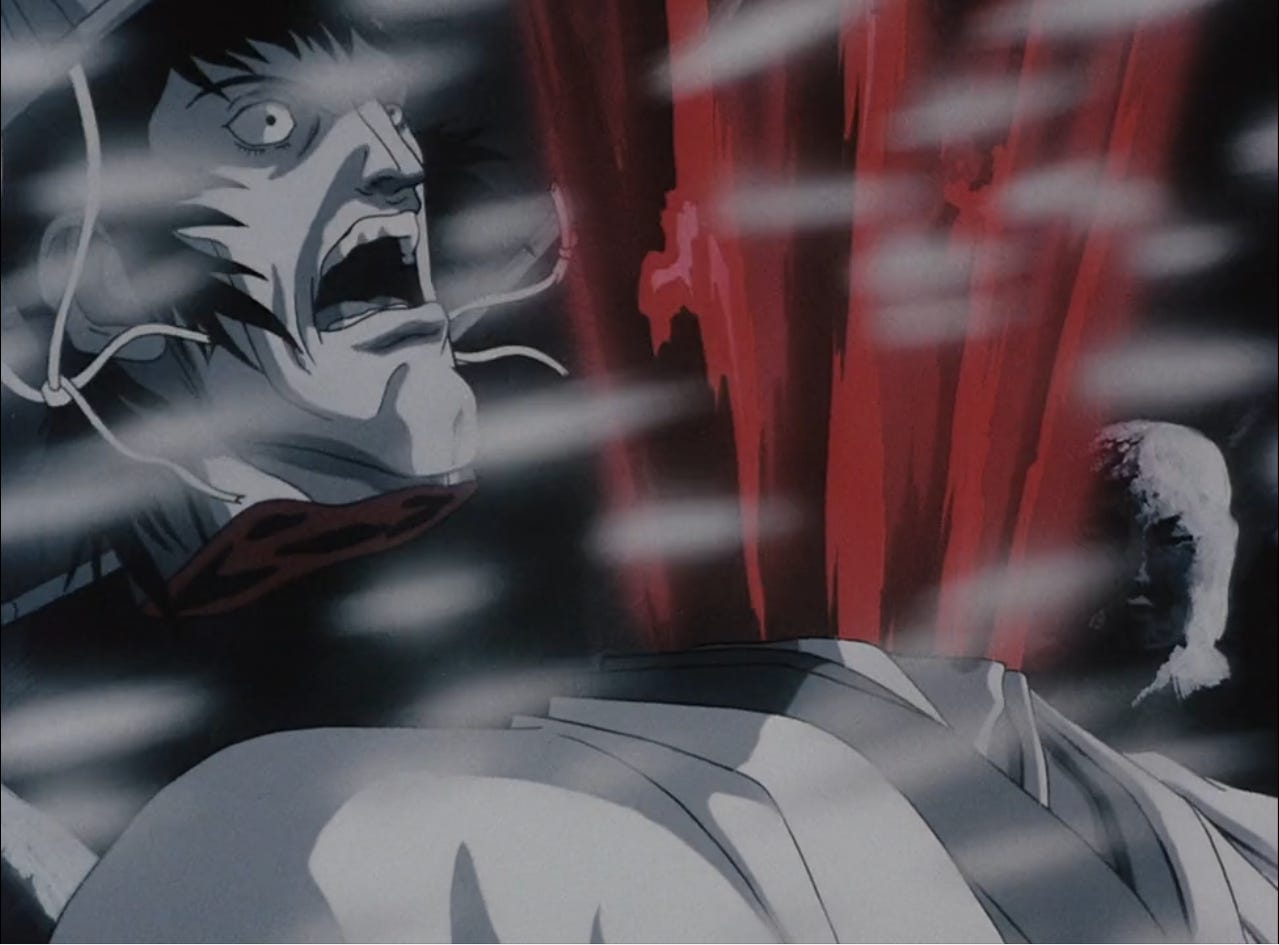In Praise of 90s Animation
The 90s were a time of renewal and reinvention for entertainment, a combination of old ideas with new techniques, a journey forward with an eye on the past if you will. This was a big part of every sector of entertainment from film to animation to comic books to the new and emerging genre of video games which also tried to reinvent the imagination and fun of a toy from a child’s perspective. When it comes to animation there were two prevailing industries at the top of the scoreboard, Japan and the United States. The animated media produced during this decade from both countries find themselves among some of the best artistic experiences produced in human history both in the visual and writing departments.
On the American side of things, the late 80s saw a renewed appreciation for the animation from Disney’s golden age after the dark roughness of the dark ages of the 70s and early 80s, with many of the artists from this era like Don Bluth, Andreas Deja, Richard Williams and James Baxter drawing their visual inspirations from the 40s work of the nine old men. This renewed appreciation also translated into the scripts of the animated films from this time, with a lot of the scripts drew themes from if not directly adapted classical literature from around the world, from a thousand and one nights to Shakespeare, all of which played their themes quite straight, didn’t talk down to the viewer and contained some powerful unadulterated moments. Good examples being Aladdin being a Thief of Baghdad adaptation, The Lion King being Hamlet with lions, The Prince of Egypt being an abridged Ten Commandments, even smaller films like Brother Bear being based on the characters of King Lear. The animation was also helped with the sparing addition of primitive CGI, which served to enhance the environments, not as a complete replacement for artistry and character work but only to enhance environmental detail which proved to be a potent combination for audience immersion. Soundtracks were also created by professional composers and were used with immense purpose to enhance scenes, Hans Zimmer, Phil Collins and Elton John being some of the biggest contributors to that end of the film equation.
Fig- The Prince Of Egypt (1998)
Fig- The Lion King (1994)
Fig- Aladdin (1992)
On the television side of things, the states embraced a radical new age with a new generation of “Rockstar animators” which paralleled the radical rise of the 90s auteur wave in the mainstream film industry which itself paralleled the 70s auteur wave in the same industry. These Rockstar animators tried to experiment with animation, play with their inspirations namely Hanna Barbara cartoons and injecting all sorts of things from gross-out humor and slapstick to dark subject matter with character designs ranging from the simple and bizarre to the complex and appealing. Lot of the major “Rockstar animators” of this time include Bruce Timm, Genndy Tartakovsky, Butch Hartmann and Craig McCracken who helped radically reshape the industry at the time and whose influence carried over all the way to the early 2010s even as the industry started chasing other trends like Anime-fication and CGI. So its fair to say that the 90s period of television animation was the second most influential era of animation in history, only preceded by 30s and 40s rubber-hose animation.
Fig 2.1- Batman The Animated Series (1993-95)
Fig 2.2- Dexters Laboratory (1996-2003)
Fig 2.3- Courage the Cowardly Dog (1999-2002)
Fig 2.4- Darkwing Duck (1991-1992)
Going across the ocean towards Japan, we see a different brand of animation which was much more focused on treating animation as a medium for storytelling than a genre of storytelling and more focused on skill than presentation. The industry already proved its mettle in the 80s with the likes of Akira, Wicked City and Ghibli films as capable of creating some magnificent multilayered pieces of audio-visual fiction. This continued into the 90s with works like Ninja Scroll, Doomed Megalopolis, Princess Mononoke, Ghost in the shell, Cyber City Oedo 808, Memories and Jin Roh the wolf brigade whose style and quality cemented the reputations of creators like Yoshiaki Kawajiri, Hayao Miyazaki, Katsuhiro Otomo and Mamoru Oshii and whose maturity and layers cemented Japanese animation as a force of storytelling with their radical notion of animation being a medium and not a genre. In the animation department were stunning designs, great shots which were impossible in live action, a great emphasis on action more than fluidity and some of the best color and lighting techniques in animation history which provided effective communication while retaining visual clarity and a sense of awe. This decade also saw the transition from the OVA model to the television model for Japanese animation as most of the serialized animation moved from being Original Video Animations consisting of few episodes to serialized television which ran regularly, most of the time weekly and had a large number of episodes which communicated a huge overarching narrative. Although it could be seen as a detriment due to the trading of a concentrated focused effort and sharp ideas for a long string of unfocused episodic events, it was popular enough to become the norm. Nevertheless, the OVA format did lead to some excellent prescient and introspective concepts and ideas which are evidenced by the likes of Neon Genesis Evangelion, Serial Experiments Lain, Ghost in the Shell, Memories and Angel Cop. That kind of raw maturity and intelligent storytelling combined with fantastic skilled animation died out by the year 2000 due to the invasion of comedy and satire in the Japanese industry combined with the mainstream export of Japanese entertainment abroad which required some diversification of said entertainment to conform with foreign standards.
Fig 3.1- Ninja Scroll (1993)
Fig 3.2- Wicked City (1987)
Fig 3.3- Akira (1989)
Fig 3.4- Neon Genesis Evanglion (1998)
In a way there was a shared bond between animated media from both sides of the world they were both accessible and mature, appealing to both children and adults with the variety of things on offer, from shock and awe to morality and introspection. In a single word, they were timeless and we may never such an extraordinary combination of skill and intelligence in entertainment again.













